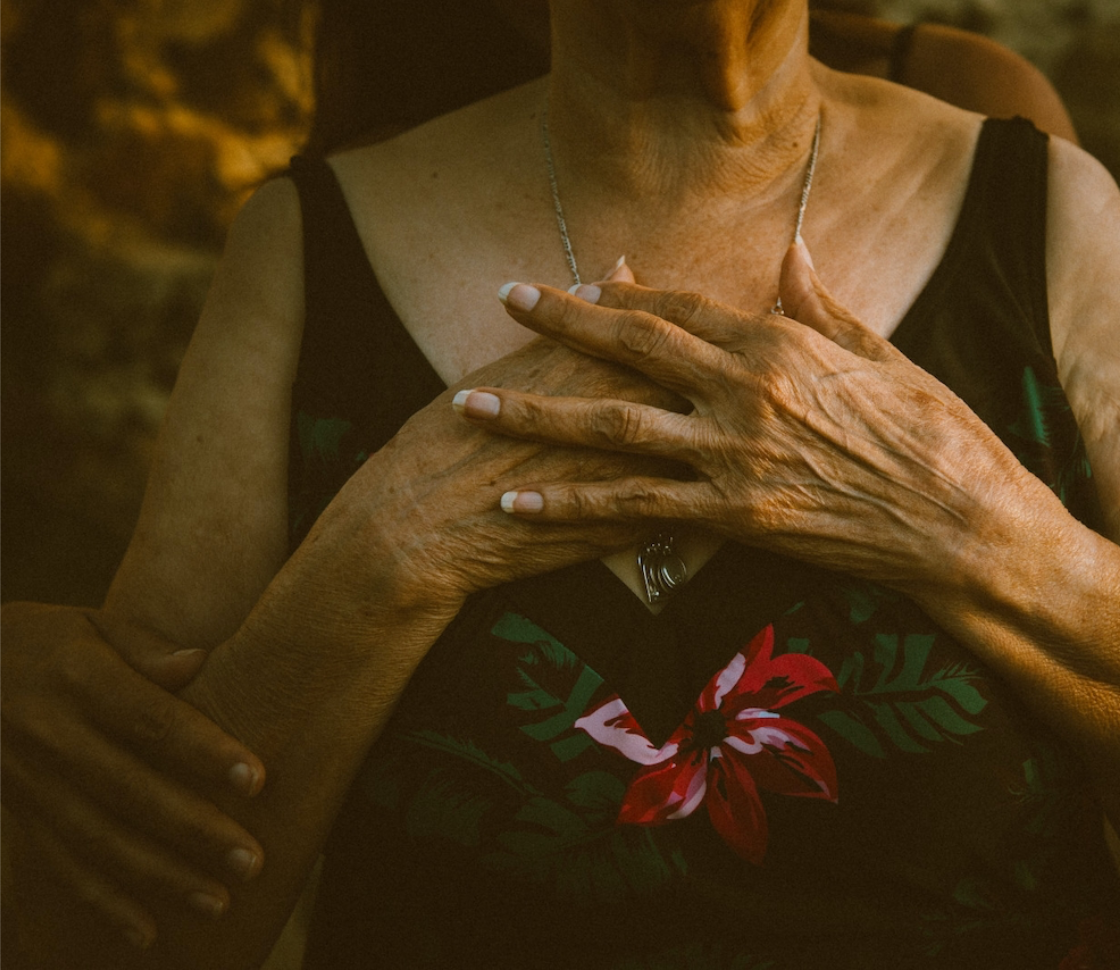In this guided meditation, Anne introduces us to the practice first, and starts with an explanation of positive neuroplasticity and the negativity bias.
When Anne was studying to become a mindfulness and compassion teacher with MMTCP, she had the opportunity to discover the work of Dr Rick Hanson, PhD, a psychologist and specialist in positive neuroplasticity. The practice Anne leads us through is directly inspired from his lessons on the ‘negativity bias’.
First, about the bias:
Did you know that we have a natural propensity as human beings to remember the bad over the good? That’s right, this is an evolutionary strategy — a default that was installed over millennia so that we would remember what was dangerous, uncomfortable or unpleasant, to avoid it in the future and, therefore, keep us safe and alive. What was meant originally to protect us from a bear or tiger is still alive and well in us, despite the fact that most of the time, we don’t have the need for this default negative bias mode.
And yet there it is. As Dr Hanson coined it, our brains are ‘Teflon for the good and velcro for the bad.’
The practices of compassion, loving kindness, and this meditation’s blend called ‘warming the heart’ are tools that invite us to remember and cultivate the feelings, the sensations, and the memories of feeling love, connection and caring for loved ones. These practices, over time, will bring us back to a more balanced and equanimous view of our experiences.
So this meditation will invite you to focus on creating positive neuroplasticity, deliberately trying to make a positive change by meditating, visualising and bringing a felt sense of a loving, caring heart. The experience is enriched by connecting into the body and repeating the Loving Kindness phrases. Anne ends with this personal question: Why is it important to you to connect to love and kindness?
With gratitude to Dr Rick Hanson and the neuroscientists who contributed to the field of positive neuroplasticity.

